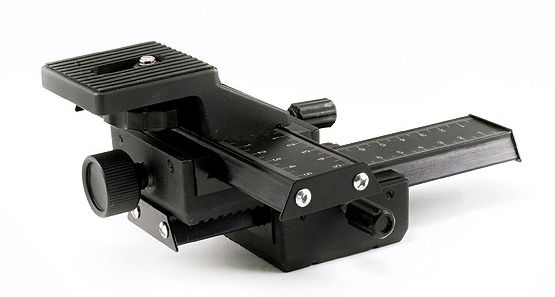Joed Barallas
Senior Member
After getting reversing ring for my 18-55 kit lens, I found this subjects and try to have shots on them, please help me improve in this field of photography.
Ant

Sugar crystals

Guitar tuning key

Matchsticks

Ant

Sugar crystals

Guitar tuning key

Matchsticks


